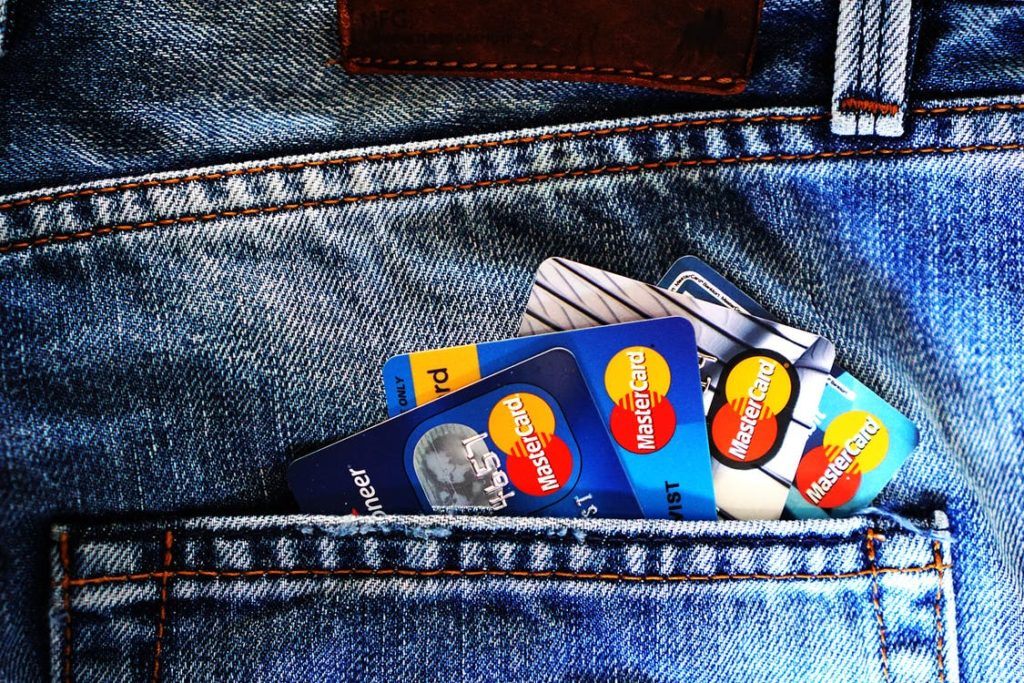Now that your bankruptcy has been discharged it is important to make sure that you do not have to file again. Did you know that one in seven people end up having to file for bankruptcy for a second time? This typically happens within a few years of completing their first bankruptcy.
There are a number of reasons that this can happen, but I have put together some information on the most common mistakes that people make after bankruptcy.
1. Spending More than You Earn
Changing your spending habits is an important part of the road to financial stability. Rebuilding your credit with the help of credit cards is important, but it can be dangerous. Credit will be harder and more expensive to get, but you can accumulate debt faster. Second and third-tier lenders charge higher interest rates for smaller amounts of money, which means you can get into debt quicker.
2. Falling Behind on Your Taxes
People often stop paying their taxes when the debt begins to accumulate. The government considers this “involuntary credit.” Your credit is not monitored by the government like it is by commercial lenders. As a result, it is easy to fall two or three years behind on your tax payments. When the government finally catches up with you they can garnish your wages or receivables, freeze or seize your bank account, and can even put a lien on your property. These can easily cause you to have to file for bankruptcy a second time.
3. Don’t Put Yourself at Risk
Job loss, health expenses, and/or divorce can happen at any time. You don’t have control over incidents like this, but you can limit your liability by limiting your access to credit. Financial professionals often recommend that you have one to three months’ worth of living expenses in your savings in case of an emergency. Another option is to limit your access to credit. The less credit you have, the less likely you are to go into debt.
If you be sure to avoid these three common mistakes you will find that there is life after bankruptcy. Be sure to contact me today for a free consultation.

